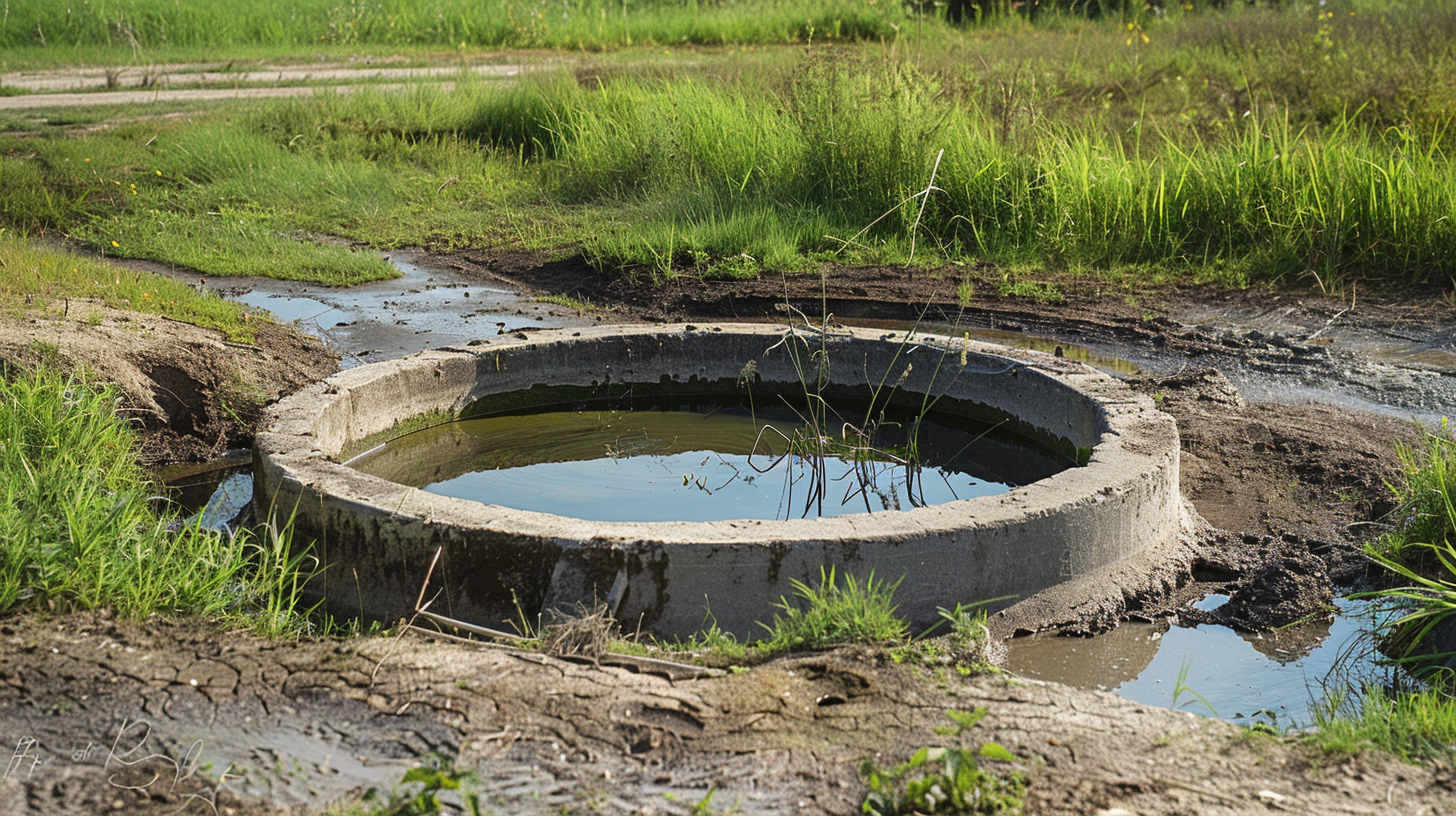Key Points
• LPP Septic System refers to a Low-Pressure Pipe septic system. This system is used to treat wastewater in places where regular septic systems won’t work, mainly because of the type of soil or the lay of the land.
• The way an LPP system works is by pumping the liquid waste through narrow pipes that run in shallow trenches filled with gravel. This setup helps spread the waste evenly and treats it effectively within the drain field.
• Some benefits of LPP systems include their suitability for sloped or uneven ground, areas with a thin layer of soil over tough materials like hardpan or bedrock, and their enhanced processing of waste, which helps keep the groundwater safe from pollution.
Contents
- 1 Key Points
- 2 Understanding LPP Systems
- 3 Why LPP Systems Matter in Septic Tank Planning
- 3.1 The Heart: Pump Tanks and Effluent Pumps
- 3.2 Consistency Is Key
- 3.3 Pick the Right Pump
- 3.4 It’s All Connected: The Distribution Network
- 3.5 Straight Shooters: Lateral Pipes
- 3.6 Balancing Act: Pressure Manifolds
- 3.7 Safety Nets: Alarm and Control Mechanisms
- 3.8 Keeping an Eye Out
- 3.9 What Kind of Warning Systems?
- 3.10 Checking Out the Site
- 3.11 Making Sure Soil Drinks Up Well
- 3.12 Mapping It Out with Topography
- 3.13 Calculating Water Loads
- 3.14 Pinning Down Waste Water Rates
- 3.15 Project Planning: Flow and Volume
- 4 LPP Field Design
- 5 Efficiency in Effluent Distribution
- 6 Uniformity of Distribution
- 7 Effect on Biomass Expansion and Management
- 8 Longevity and Maintenance Aspects
- 9 Wear and Tear of Components
- 10 Cleaning and Upkeep of the LPP System
- 11 Case Studies and Comparative Analysis
- 12 Frequently Asked Questions (FAQ)
Understanding LPP Systems
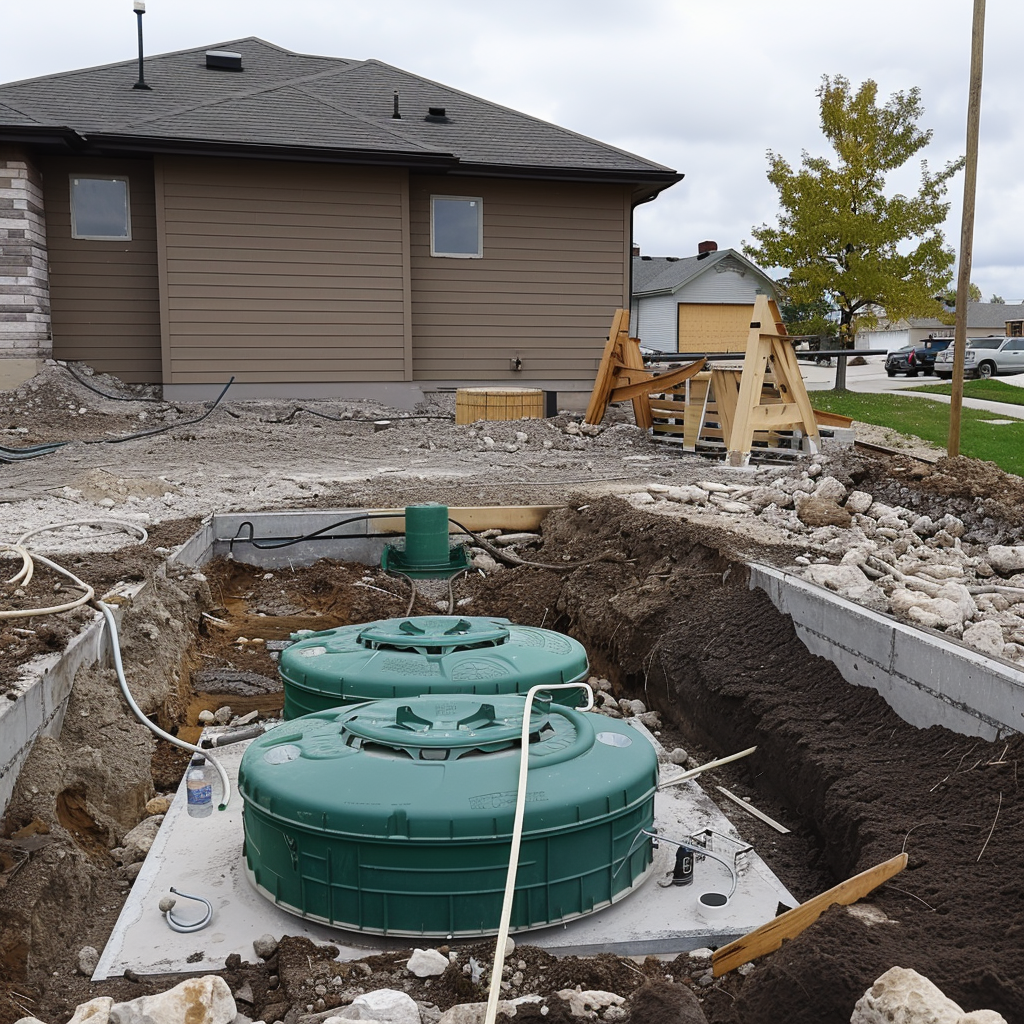
An LPP system is simply a way to effectively handle and spread out the wastewater from a septic tank to the drainfield. Instead of using gravity like older systems, it pushes the effluent through narrow pipes at low pressure for a uniform distribution. Doing so improves how well the septic system cleans the wastewater.
Why LPP Systems Matter in Septic Tank Planning
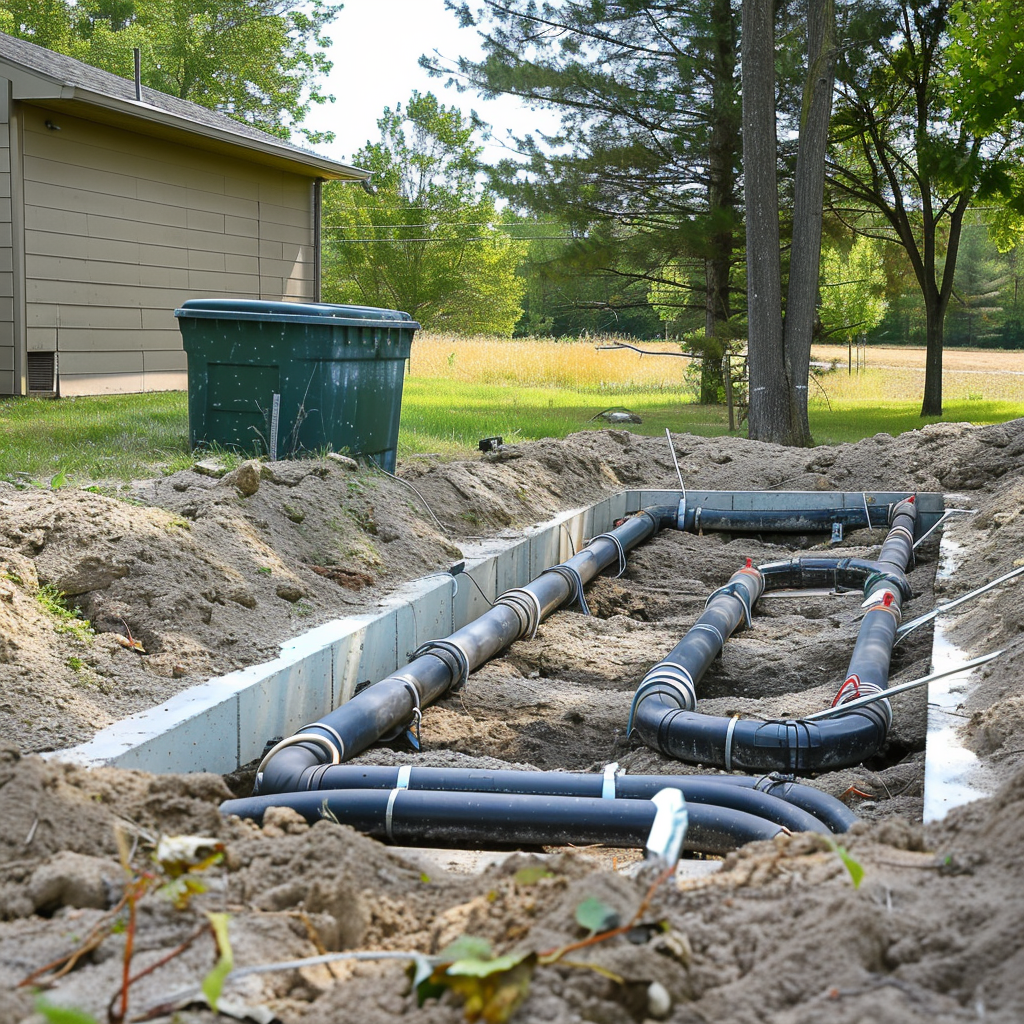
LPP systems are crucial when regular septic options won’t work, like where the soil is too thin or the water table’s too high. They fit various land shapes and types, ensuring people without city sewers can still safely get rid of waste.
Septic tanks, especially those using Low-Pressure Pipe (LPP) tech, depend on certain key parts. Each piece is important for the system to work well. Let’s talk about these main features.
The Heart: Pump Tanks and Effluent Pumps
In LPP setups, pump tanks and their buddy, effluent pumps, are super important. The pump tank holds waste from the septic tank, and the pump moves it to the drain field. They’re must-haves for spreading out the waste properly.
Consistency Is Key
These tanks and pumps make sure the waste waters keeps flowing at a gentle pressure. Even spreading stops any one spot from getting too wet and helps the ground take in the water right.
Pick the Right Pump
We’ve got lots of effluent pumps to pick from. You choose based on how much flow you need, how far up it’s got to go, and how big your setup is. Make sure the pump fits your system so it stays reliable and works great.
It’s All Connected: The Distribution Network
An even spread of waste water comes down to good network design. It’s made of connecting parts that each do their own thing.
Straight Shooters: Lateral Pipes
Lateral pipes carry waste from the pump tank all over the drain field. These need to be put in just right to avoid clogs and give an equal spread.
Balancing Act: Pressure Manifolds
Manifolds and lateral pipes work as a team. Manifolds keep the pressure even so the water comes out balanced along the field lines.
Safety Nets: Alarm and Control Mechanisms
Alarms and controls are there to save the day in an LPP system. They tell you if something’s broken or needs fixing.
Keeping an Eye Out
The alarms and controls keep watching how everything’s running. They check tank levels to keep things smooth and catch issues early.
What Kind of Warning Systems?
You might see high water alarms or control panels that run the pumps. These vary but are all meant to let you know how parts of your system are doing, so you fix problems quick.
Lots of things factor into designing LPP septic systems, aiming for good waste treatment that fits where you’re putting it in.
Checking Out the Site
First off, you gotta look over where you’ll put it. This means checking the soil to see if it can take in and clean the waste water well. What the soil feels like, its makeup, and color can affect your design plans.
Making Sure Soil Drinks Up Well
How fast soil drinks up the waste matters a lot. Tests are done to see this speed. Also, we work out if the soil can drink up enough at once without drowning.
Mapping It Out with Topography
The lay of the land counts too. For example, how steep it is can make a difference to how water spreads in a drainfield. A good design needs to get along with how the land naturally lies.
Calculating Water Loads
Finding out water loads is figuring out how much waste is made every day versus what the soil can take without being overwhelmed. Getting this right means a longer-lasting and more effective system.
Pinning Down Waste Water Rates
Setting waste water rates right means avoiding sogginess which could break your system. You figure these rates by looking at how well the soil takes in water and sticking within safe limits.
Project Planning: Flow and Volume
Predicting daily waste water helps plan not just the size but also parts of your system. Design flow rates take into account normal use and busy times for strong septic planning.
LPP Field Design
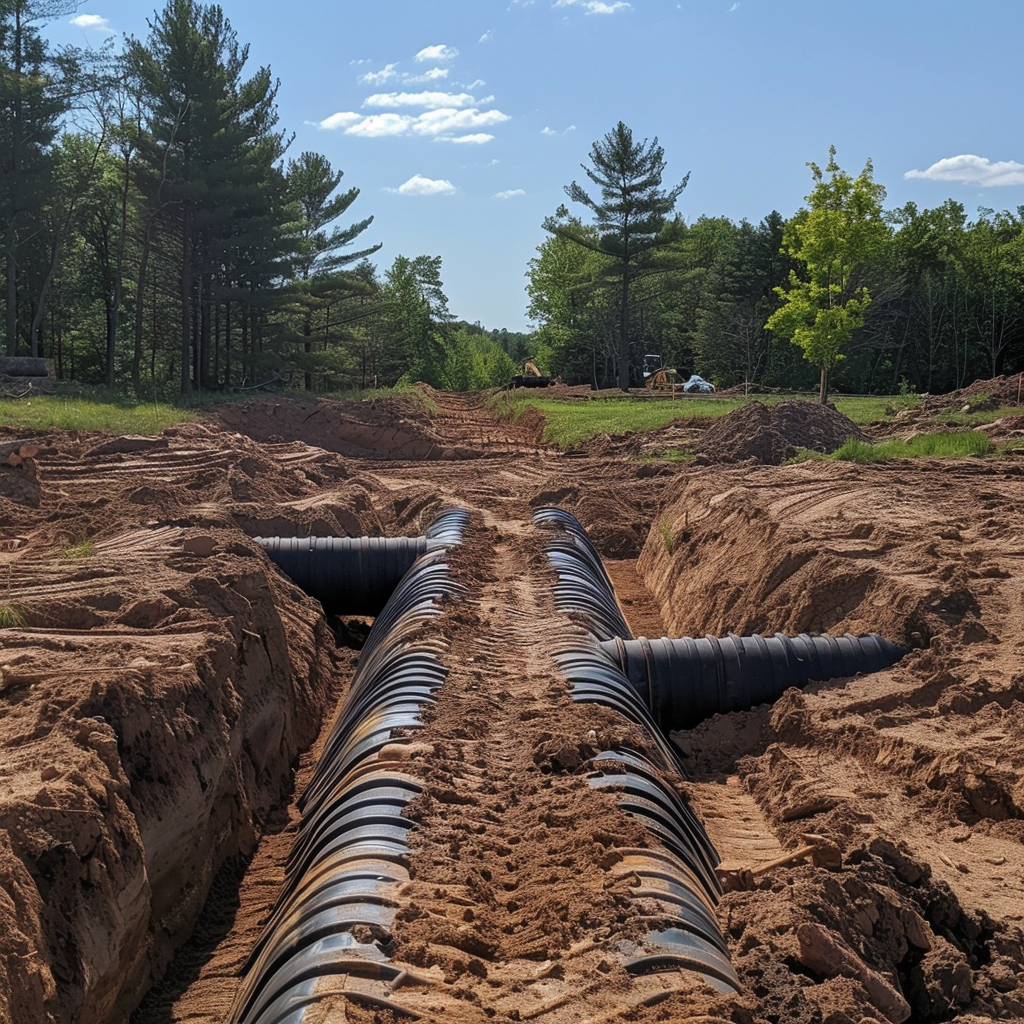
The design of the LPP field needs to suit how you plan to use it and take into account the local geography and environment.
Trench Specifications
The trenches are a vital part of the LPP system, distributing wastewater. They need to be sized so they distribute effectively and the soil can handle it.
Orifice Placement and Spacing
In an LPP system, wastewater trickles out through tiny holes in the pipes within the trenches. It’s important to space and place these correctly so that the drainfield is treated evenly and no area gets too much waste, which could cause problems.
Efficiency in Effluent Distribution
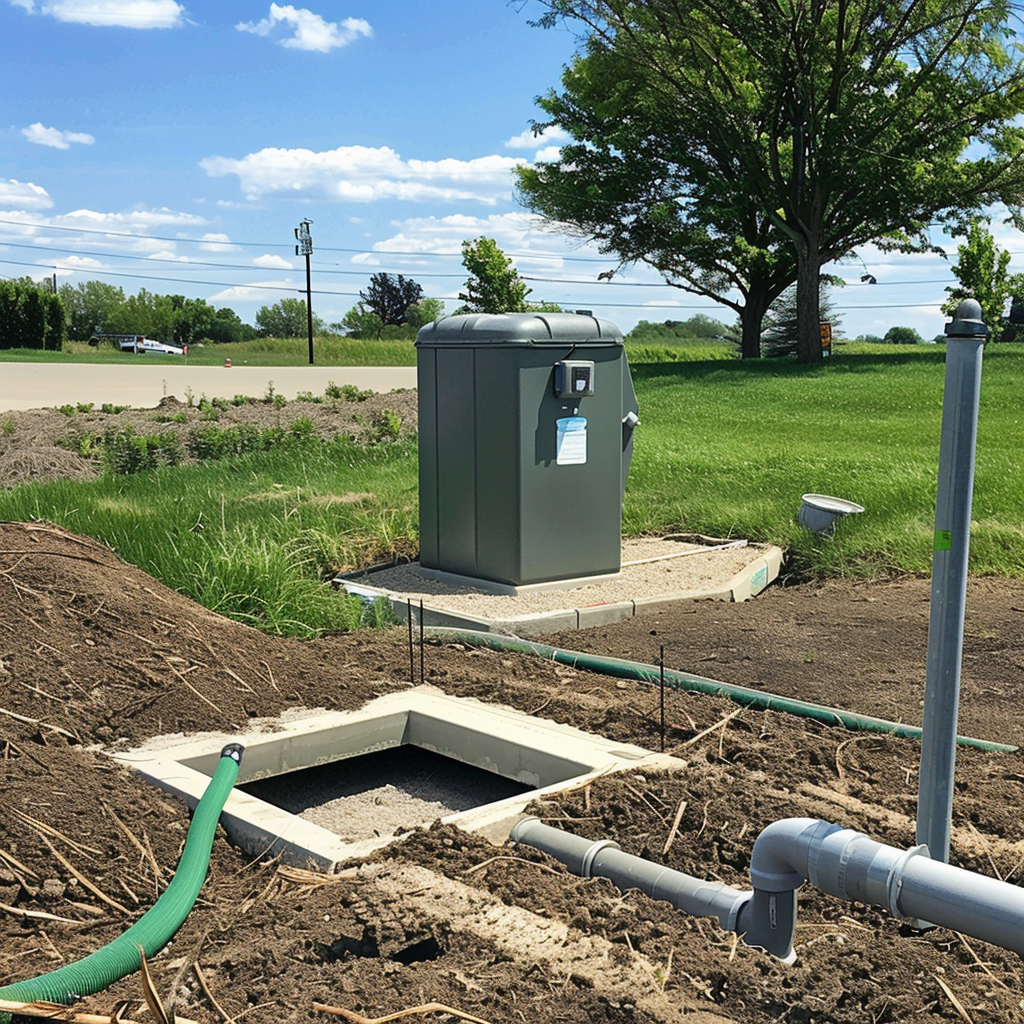
To make sure an LPP septic system works right, it’s super important to spread out the wastewater properly over the drainfield. A good LPP system does this by having a bunch of pipes with little holes, setting the pressure just so, and timing the pump’s work. All these parts team up to get the sewage spread out evenly where it’s supposed to soak into the ground.
Uniformity of Distribution
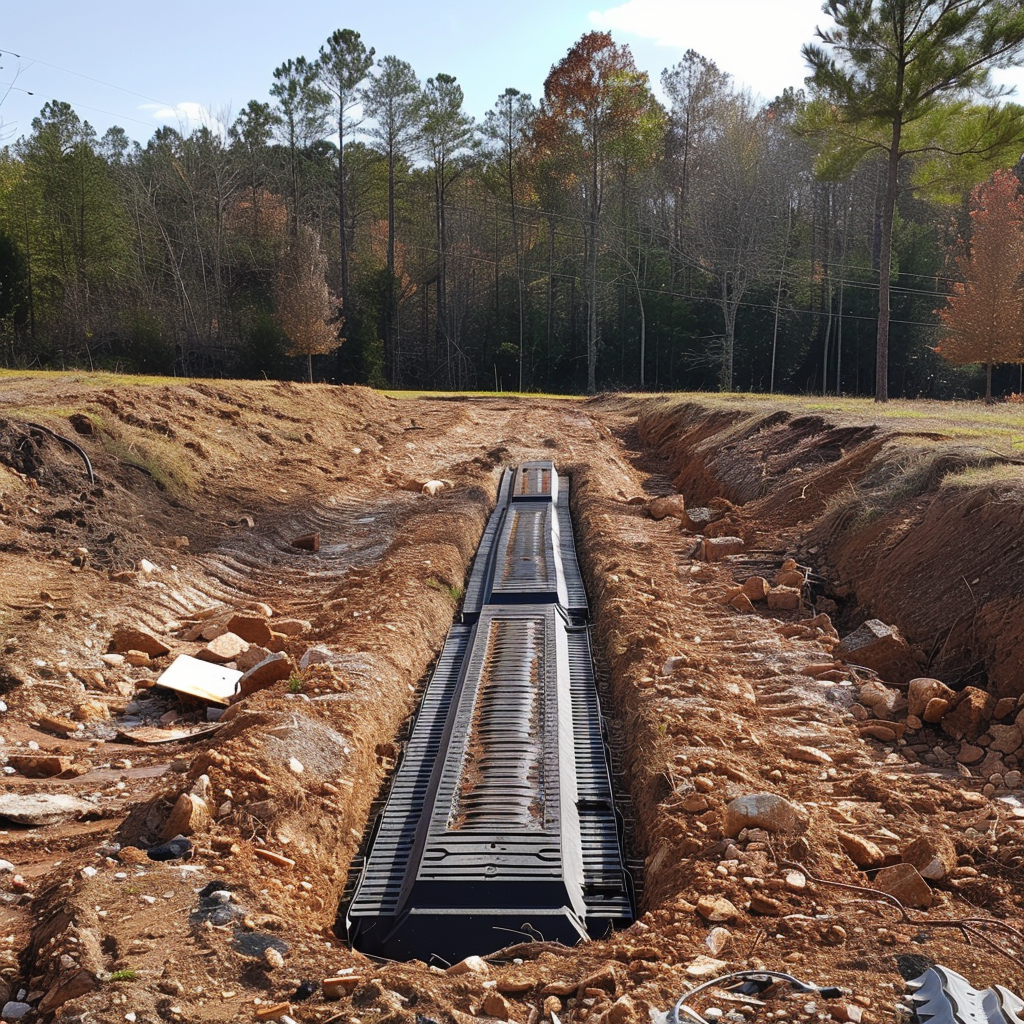
Uniform distribution aims to stop any area of the leach field from getting too much waste. If one spot gets more than its share while another barely gets any, the system won’t work well and might even break down. LPP systems are great for this job because they’re designed to spread out wastewater evenly. This happens mostly because of the way they’re set up and the precise way they release the water.
Effect on Biomass Expansion and Management
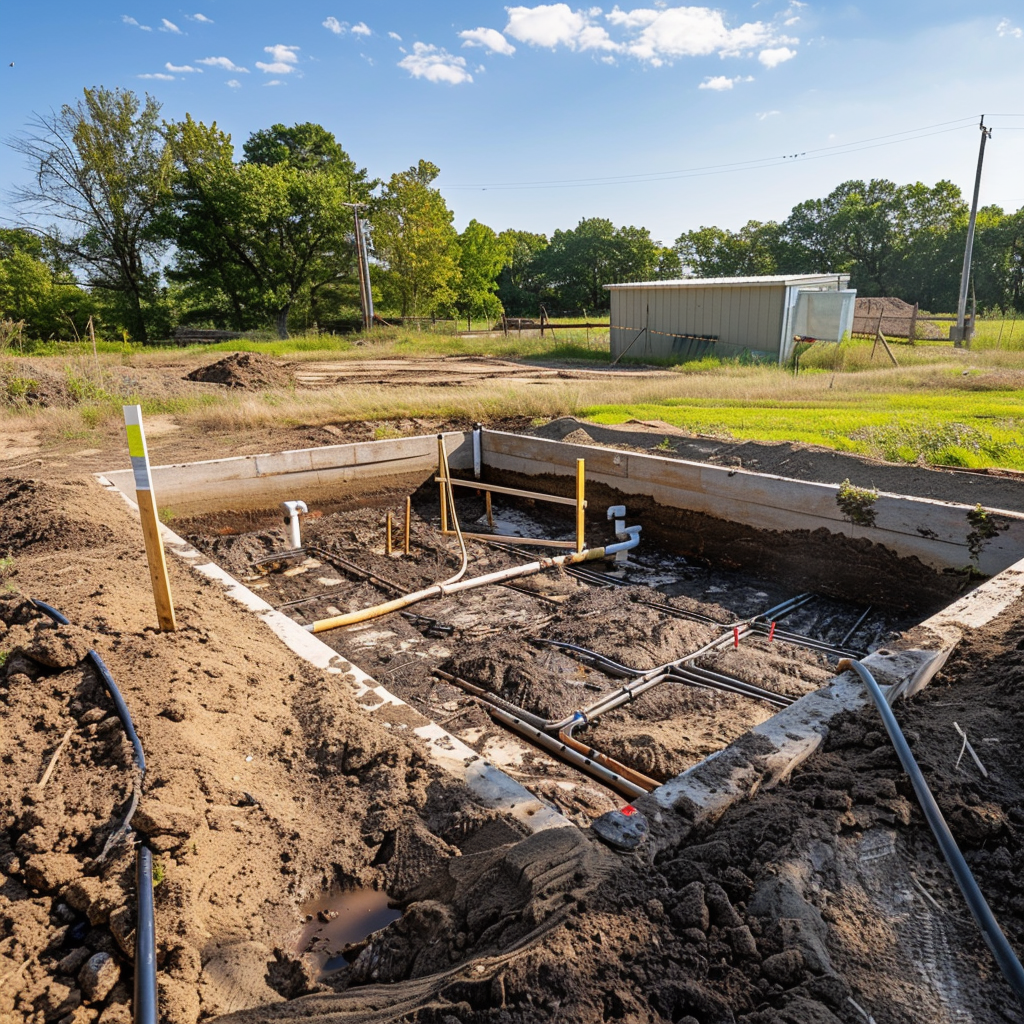
Many of us don’t consider it often, but having a balanced level of biomass in your septic system is key. This biomass is mostly good bacteria that digest the bad stuff in wastewater. A low-pressure pipe (LPP) system promotes this healthy biomass by guaranteeing that the wastewater doesn’t overwhelm or dehydrate the system. Either extreme could upset the delicate equilibrium.
Longevity and Maintenance Aspects
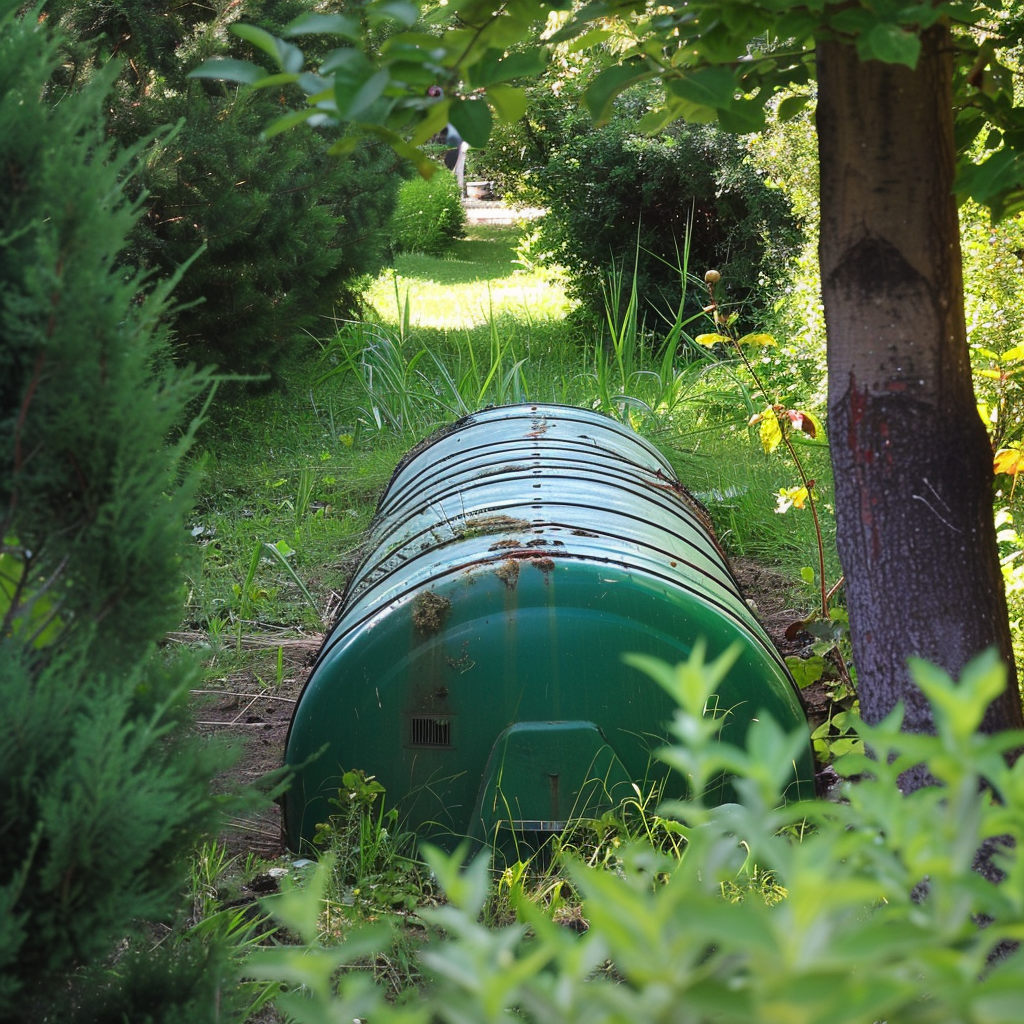
We all desire a septic system that lasts a long time and doesn’t always need fixing. Luckily, the durability and ease of upkeep make the LPP systems stand out. Thanks to their effective design and dependable operation, you won’t have to mess with them too much. Just remember to keep up with the usual checks and maintenance.
Wear and Tear of Components
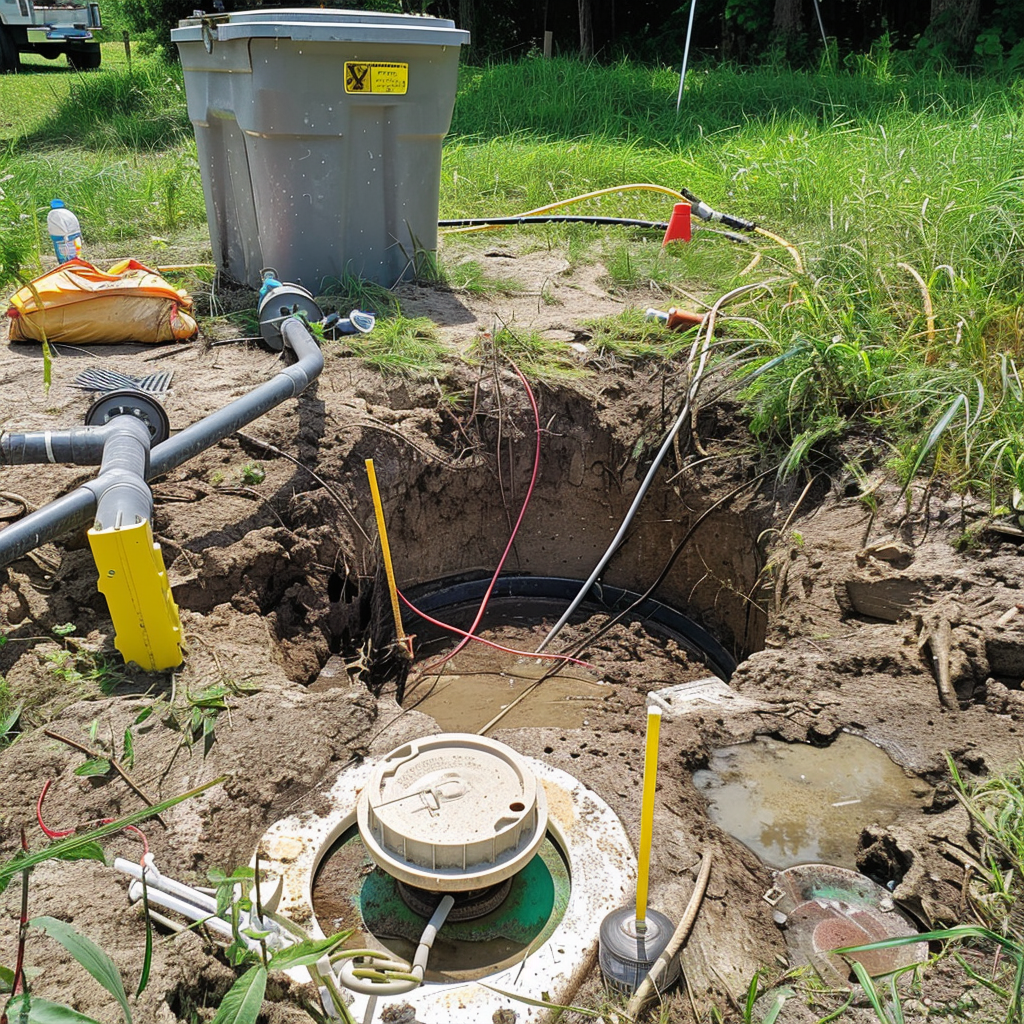
Just like anything else, LPP septic system parts will break down over time. The parts like pumps, pipes, and valves get worn out after a lot of use. It’s a normal thing to expect. However, these systems are pretty good because smart design and using strong materials means they won’t wear out too quickly. Dealing with wear and tear is part of owning a system, but it’s not too bad.
Cleaning and Upkeep of the LPP System
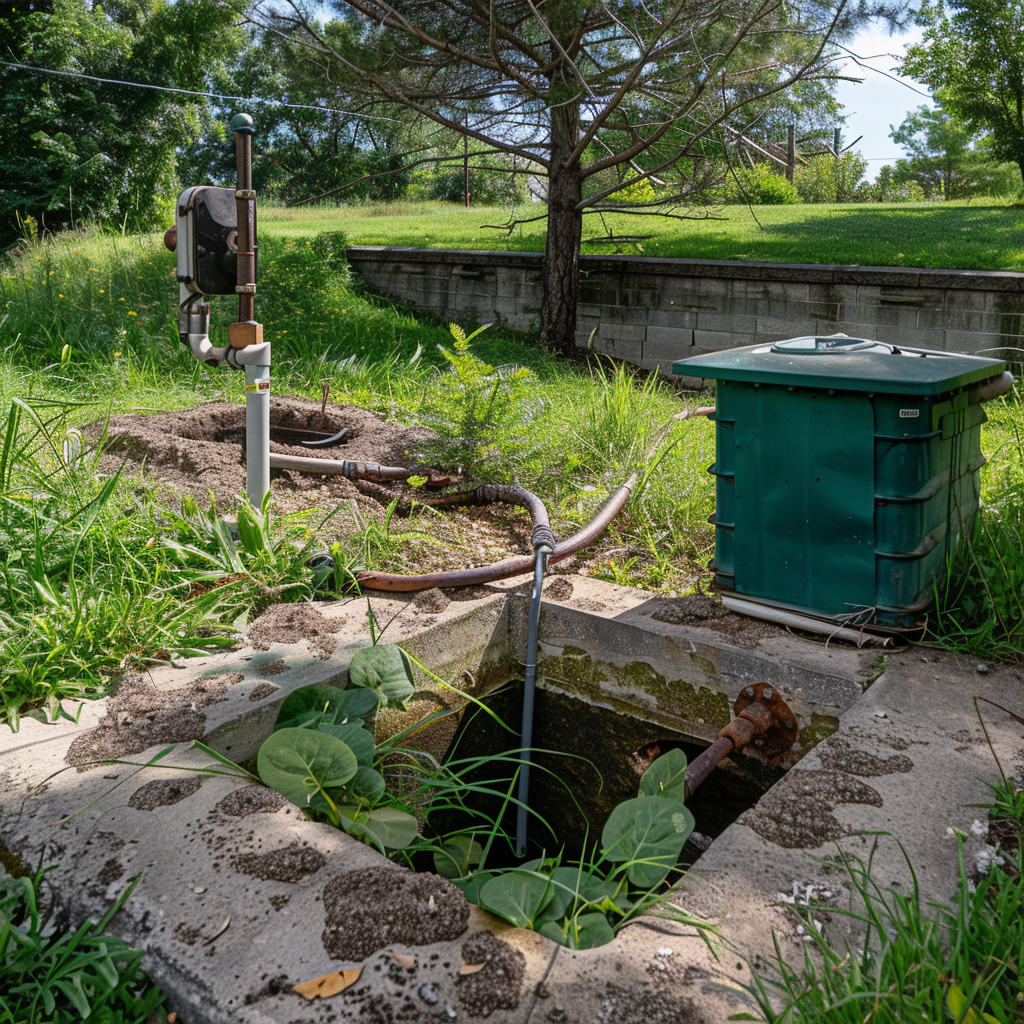
For an LPP system to work well, you’ve got to clean and maintain it regularly. Roll up your sleeves—it’s all about sticking to a routine of checking and scrubbing down parts like filters and pumps. Doing this keeps everything humming along and helps you spot problems early on, stopping them from getting worse.
Common Issues and Diagnostic Approaches
Got trouble with your LPP septic system? There are a few usual suspects to consider. Play detective before fixing anything. Look for alarms or warning lights first, these are dead giveaways there’s a problem.
Next, have a look at the drain field for soggy patches that could point to clogs or overflows. And listen—any odd noises from the pump can mean it’s on the fritz.
Pump Failures
When it comes to LPP systems, pumps go kaput quite often. It might be electrical—like a flipped breaker—or could just mean the pump’s kicked the bucket. Check out the electrical stuff first, but if all’s good there, brace yourself for possibly buying a new pump.
Clogging and Blockages
Clogs can mess things up big time. They pop up in the pipes to the drain field or in the field itself. Slow drains or nasty backups give you a heads up. These jams often come from muck or biofilm build-up, so keep on top of cleaning to steer clear of them.
Remedial Actions and System Adjustments
Found the hitch? Now’s the moment for some elbow grease. If an alarm’s blaring, fix what’s wrong, then reset it. For clogs or dirty bits, get cleaning—but easy does it; rough handling’s only gonna make things worse. Sometimes, you’ll have to tweak things like the pump timer for better performance.
Repair and Replacement Strategies
If bits of your LPP system are past their prime or busted, swap them out quick so things can go back to normal. Grabbing parts straight from the manufacturer—or something just as good—is usually your best bet.
Modifications for Improved System Performance
Dealing with constant LPP issues? It might be time to shake things up. Could be you need a bigger drain field, a beefier pump, or extra filters to handle waste better. Upgrades like these can fend off more problems later and make your system last longer.
The LPP septic tank is pretty different thanks to how it’s put together. It has small pipes spread out over the drainage area and uses a low-pressure pump that pushes wastewater out evenly. The pump goes on and off following a timer schedule, which is important for soil that doesn’t soak up liquid fast or if the land’s uneven.
Case Studies and Comparative Analysis
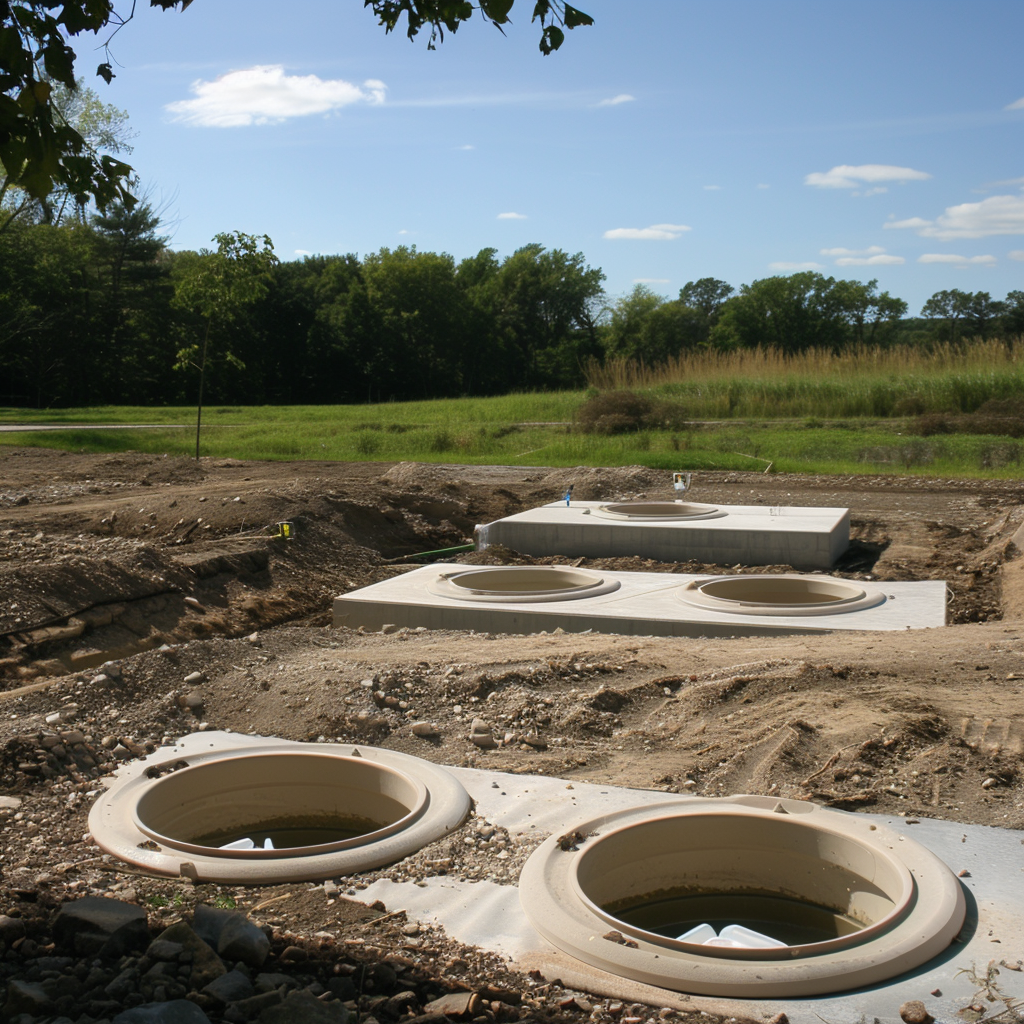
Success stories that showcase how well LPP systems work often focus on places where regular septic systems didn’t work or couldn’t be used. A case study might show how an LPP system worked in an area with a high water table, dense clay soil, or not much land. These case studies are packed with information about the system’s design, how it operates, and how it does over time. They prove that LPP septic systems can be a better choice than the usual ones.
Comparative Performance with Other Septic System Designs
Analysis that compares different systems shows how LPP systems hold up against other kinds of septic solutions, like those that work by gravity or use a standard pump. By looking at things like how clean the water is after treatment, how long the systems last, what they cost to run, and how hard they are to maintain, these studies point out when an LPP system might do better. For example, when the layout of the land makes gravity systems less effective, LPP systems could treat sewage better because they spread out the wastewater more evenly.
Thorough checks might look at data that captures changes through different seasons or as usage changes, giving a solid picture of these systems handle pressure. Plus, these analyses often point out that LPP systems could save money on installation and maintenance if used in the right conditions. Knowing these aspects helps people make smart choices about handling wastewater.
The downsides of LPP systems are also noted in these comparisons, so we get the whole picture. An LPP system might have higher initial costs because it needs extra parts like pumps and fancy timers However, we should also look at benefits such as how tough the system is and whether lower costs down the road from not having to fix or maintain it as much balance this out.
Frequently Asked Questions (FAQ)
How does slope impact LPP septic system installation on lake lots?
Slope can play a crucial part in designing an LPP septic system, particularly on lake lots. The land’s incline affects how effluent flows through the system. For a lakeside property where the ground might slope towards the water, careful planning is needed to prevent wastewater from inadvertently seeping into the lake. Moreover, sloped terrain may require specialized design with lateral lines set at proper elevation intervals using pressure manifolds to ensure uniform distribution across the drain field without overloading any section.
What are the maintenance requirements for grinder pumps in LPP systems?
Grinder pumps, which are sometimes utilized in LPP systems when household waste must be pumped to a higher elevation before distribution, require regular maintenance to prevent clogs and wear. Maintenance activities include checking for blockages, ensuring float switches are operating correctly, and periodic inspections by wastewater professionals. Depending on manufacturer recommendations and usage patterns, pumpings might be required every few years to remove accumulated sludge and solids.
Can installing risers and covers affect maintenance costs for LPP systems?
Yes, installing risers and covers can positively impact maintenance costs for LPP septic systems by making the tank more accessible for routine inspections and pump-outs. Without them, servicing crews may need to do extra digging each time, which adds labor and cost. Easy access through risers streamlines maintenance activities, potentially reducing average total expenses for homeowners over time.
What role do control panels play in managing an LPP septic system?
Control panels are the brains behind LPP systems, regulating pump function and alerting homeowners through alarms if there’s a problem – like high water level or pump failure. They ensure that effluent is dosed at consistent intervals to promote treatment efficiency. A control panel typically governs water level controls and may log data regarding the system’s operation, which can be vital for troubleshooting and ensuring long-term support for the system’s function.
How do regulations around soil bacteria influence the design of LPP tanks?
Soil bacteria are integral in treating wastewater as it percolates through the soil, breaking down harmful pathogens. Regulations outline specific conditions, such as the type of soil and distance from groundwater or water ways, to protect health and drinking water sources. These factors determine trench depth, pipe placement, and even the overall feasibility of an LPP system at a given location, since certain soils support bacteria growth better than others.
Could an LPP system be considered beneficial for property values in rural areas?
An operating LPP septic system can indeed be beneficial for property values in rural areas where municipal sewers aren’t available. Efficient wastewater treatment sustains the local environment and community health. When a property has a well-maintained LPP system that complies with regulations, it’s seen as a plus since it ensures proper waste disposal and doesn’t limit the usability of the land. This feature can appeal to potential buyers looking for country homes.
What are the environmental benefits of having a well-designed pressure pipe system in place?
A well-designed pressure pipe system in an LPP setup contributes to environmental protection by allowing for careful and controlled distribution of effluent across a drain field. This precision avoids over-saturation of any particular area, thus protecting soil integrity and preventing wastewater runoff to water tables and nearby water sources. Additionally, it supports optimal oxygenation and bacterial breakdown of waste products, which is crucial for sustainable wastewater management.
How do weather conditions affect LPP septic systems in regions like Missouri?
In regions like Missouri where weather conditions range from freezing winters to hot summers, temperature shifts can affect an LPP septic system’s performance. In cold conditions, freezing lines can disrupt effluent flow. During heavy rain episodes, saturated ground can impede effluent absorption. A well-planned system takes local climate data into account for choosing tank materials that resist temperature extremes and determining necessary support like insulation or increased slope to avert these issues.
What considerations go into selecting lateral lines for uneven terrain?
When it comes to uneven terrain, selecting lateral lines involves several considerations. The lines must be able to handle changes in elevation while maintaining enough pressure to distribute effluent evenly. Designers utilize calculations for flow rate and pressure loss over distance, creating zones within the field so that all areas receive an appropriate amount of wastewater despite potential height variances due to a slope or rocks within the soil layers.
Why are permits essential before installing an LPP septic tank system?
Permits are essential before installing an LPP septic tank system as they ensure the planned installation meets local environmental codes and public health regulations. Acquiring a permit means that plans will be reviewed by county or state officials who can give expert advice or require alterations to safeguard community resources. Permitting prevents costly mistakes that could lead to environmental damage or necessitate expensive modifications down the line at the owner’s expense.

I’m Tim Robberts, a seasoned wastewater treatment & septic system expert with over 40 years of experience in the field. My career began as a septic tank installer, and I quickly gained a reputation for my attention to detail and commitment to excellence. Over the years, I’ve honed my skills in designing, installing, and maintaining septic systems for residential and commercial properties.
